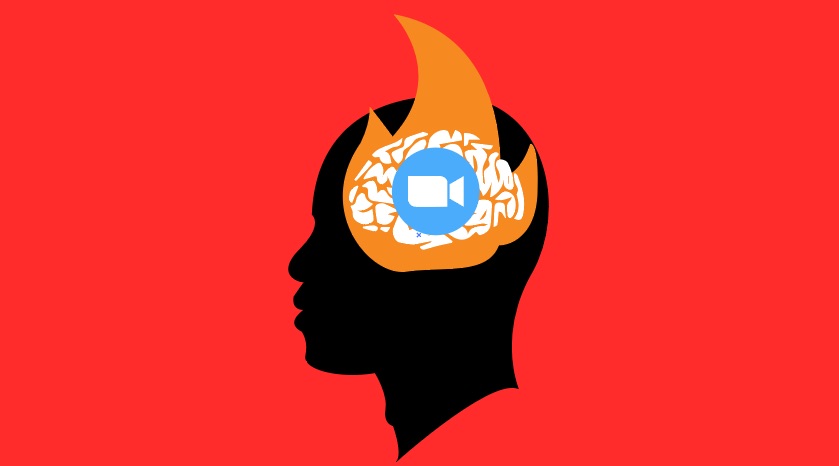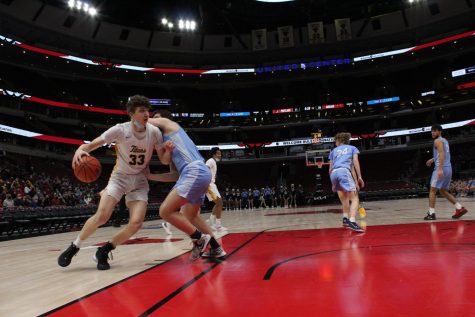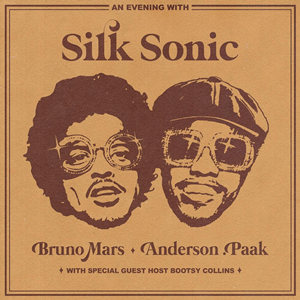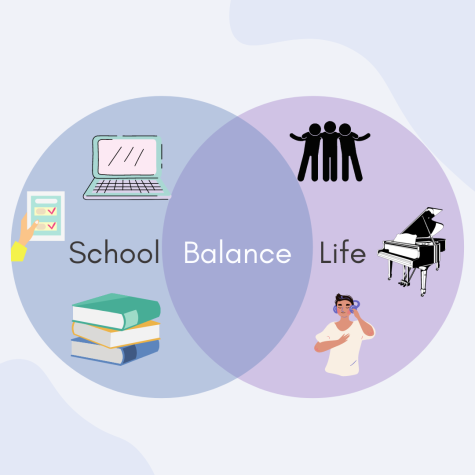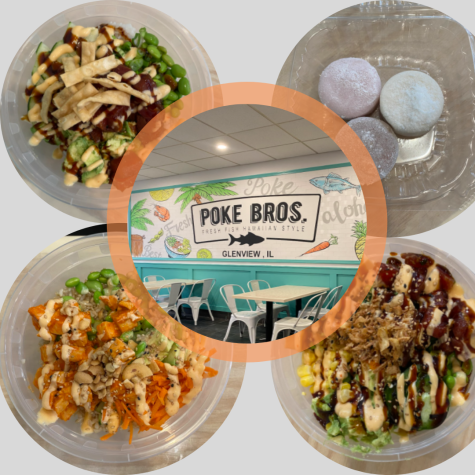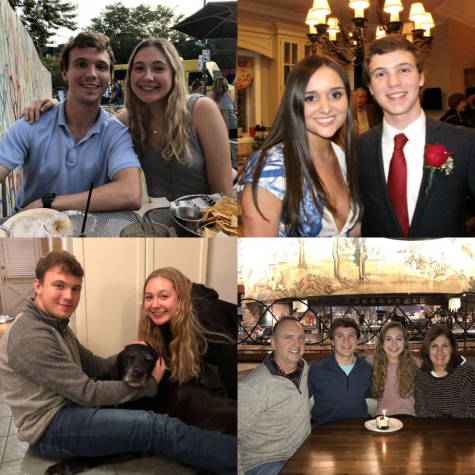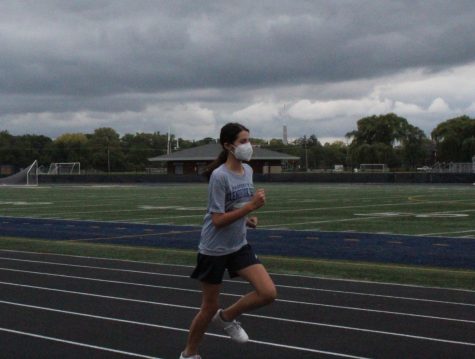Oracle After Hours: Why it’s important to form a community through isolation
October 29, 2020
The start of the 2020 school year has felt like one everlasting finals week: high stakes, stressful, and all-consuming. A feeling of being overwhelmed has taken hold of my mind and it is called burnout.
As high school students, we all experience our fair share of stress. Tests, homework, projects, clubs and sports can all be taxing on the brain. Yet this year has completely changed how we interact with school and challenged our mental capabilities with it. Now we spend our day looking at a screen for seven hours, with more time for homework or extracurricular meetings. Put it all together and you have a recipe for disaster.
Our minds were not built for an almost completely digital existence. We survive off of non-verbal cues that are just not present over Zoom. Normally, we are able to listen to a speaker and process our surroundings at the same time. However, with applications like Zoom, we can only focus on one thing at a time and struggle to manage multiple tasks. According to a National Geographic article called “Zoom fatigue’ is taxing the brain.” delved into our brain’s attempt to pay attention to speakers and monitor other’s body language saying, “Think of how hard it would be to cook and read at the same time. That’s the kind of multitasking your brain is trying, and often failing, to navigate in a group video chat.” We just weren’t made for this.
When I found out the school district had changed its policies for e-learning to a synchronous zoom schedule, I immediately panicked. I worried about spending too much time staring at a screen, or feeling rushed through material I didn’t fully learn. When we transitioned to e-learning in the spring, I felt like I could set my own pace and work in a schedule that was not too taxing. Now that freedom is gone. We are required to give it our academic all, operating mostly business as usual, despite reality being far from usual.
On top of that, this transition to e-learning has cost us one of the best aspects of school: social interaction. A paper from the Psychiatric Times found that our brains are wired with reward systems and social interactions are one of the main rewards we are presented with, saying, “how that social interaction happens seems to matter. For instance, functional MRI data reveal that live face-to-face interactions, compared to viewing recordings, are associated with greater activation in the same brain regions involved in reward….So, more active social connection is associated with more perceived reward.” The use of Zoom has robbed us of that reward and we feel less joy and happiness because of it, accelerating the onset of burnout.
Burnout has, in turn, made it difficult to find energy or creativity for school work. Not to mention the dreaded existence of breakout rooms where space and time seem to be consumed in an awkward silence often with people we barely know. As students, we lack the ability to socialize with each other and get to know new people.
I can only imagine the challenges faced by incoming freshmen who are cheated of the chance to make new friends and discover new interests.
Personally, this experience has felt quite isolating, and research from Public Health Research & Practice found social distancing policies leading to a spike in feelings of loneliness and said, “It is clear that the physical distancing regulations instituted to control COVID-19 have had significant psychosocial consequences for young people and adults. This experience is a salutary reminder of the vital contribution that social connection makes to health and wellbeing.” I hadn’t realized how I had adjusted to being away from others until I thought to myself a few weeks ago that it wasn’t normal to be eating lunch alone.
I am not at all advocating an immediate return to in-person learning — far from it. I believe the district has made the wise choice to slowly phase in students through a gradual process. For some students, maybe the stricter regimen instituted by the district has been a benefit to their academic performance.
Through all of this I have been able to take comfort in the reminders that we are all in this together and that as students we form a community. The Student Council has been making active attempts to help with isolation through ideas like the drive-in movies, which I thought were excellent, and reverse parades. These events have been helpful for students to maintain the sense of community that is hard to find currently.
I think the school’s modified schedule that produced slightly shortened classes is a good starting point to reduce the amount of time spent staring at a screen. I would also support a reduction in the amount of homework assigned, which a Stanford University study found could alleviate stress and help student’s sleep schedule as well as mental and physical health. In their study they found 56% of students reported homework as a major source of stress. While we can not rush back into in-person learning we can make the best of our current situation. In the end, we can all be alone, together.



